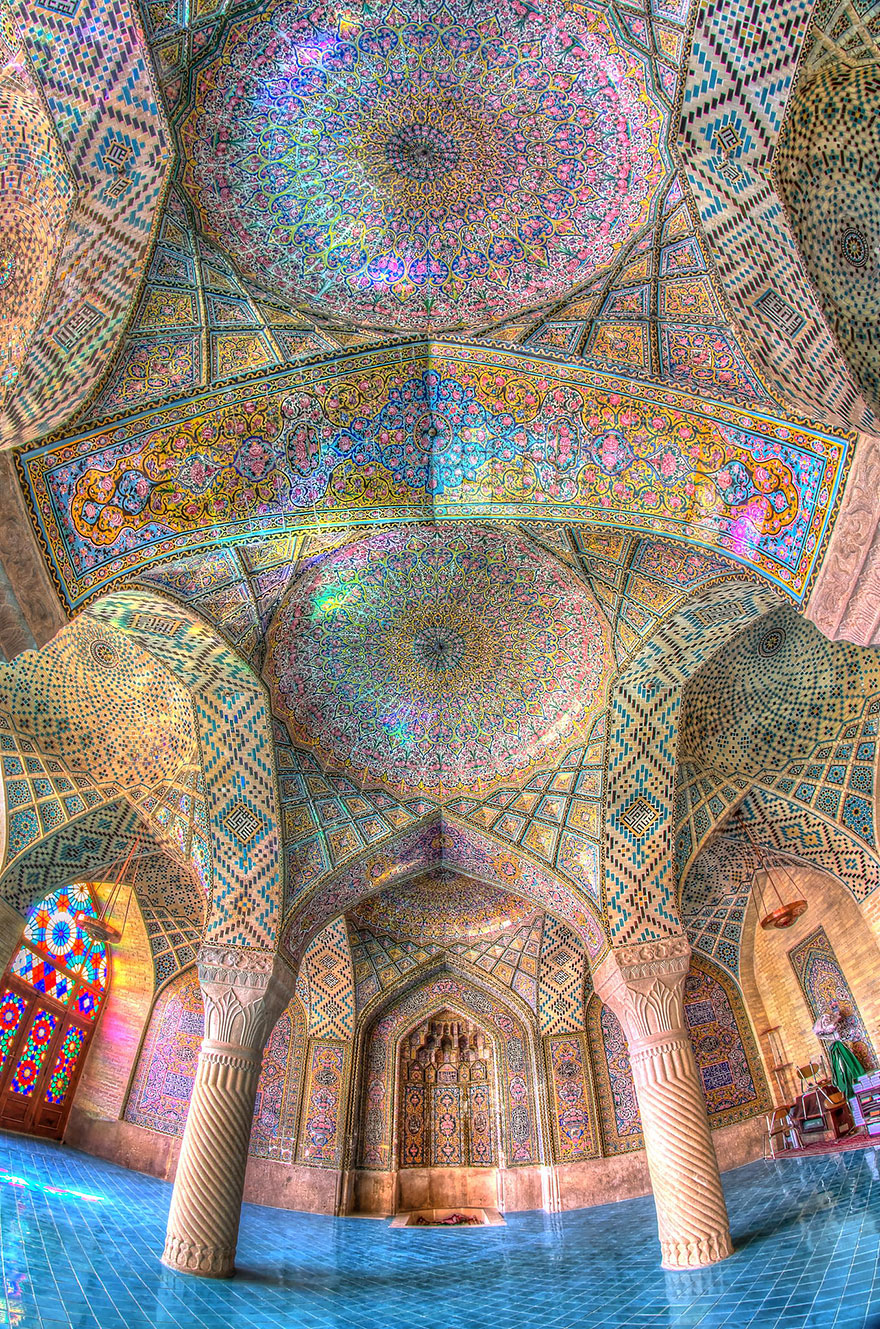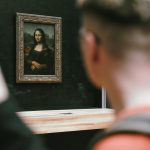Islamic art represents more than 1,400 years of cultural and spiritual richness. It depicts the Islamic world’s design and religious fervor. This art style is noteworthy for the incorporation of geometry, calligraphy, and its emphasis on spiritual expression. Each component contributes significantly to its unique identity. Geometry symbolizes Allah’s infinite nature and forms gorgeous patterns. Calligraphy raises Arabic script to divine art by fully portraying sacred texts visually. Spiritual aspects characterize the artwork, illustrating the Islamic community’s profound belief. Together, all of these components create a complex tapestry. They contribute spectators int o a serene environment, combining beauty and spirituality. The following piece examines how these elements interact, providing a glimpse into Islamic art’s long-standing legacy.
Geometry: The Foundation of Islamic Art
Geometry, the cornerstone of Islamic art, represents Allah’s infinite nature via intricate via intricate designs and shapes. The Alhambra in Granada, Spain, is a peak of geometric beauty, with its walls covered with intricate Zellige tile work that captivates and fascinates. According to noted Islamic scholar Seyyed Hosein Nasr, “In Islamic art, the geometric form is seen as a reflection of the transcendent, a window to the infinite. “This perspective emphasizes how geometry in this artform goes beyond simple ornamentation, encouraging contemplation of the divine.

The Role of Calligraphy
Calligraphy in Islamic art is unrivaled, converting the Arabic alphabet into magnificent beauty. The Sultan Ahmed Mosque in Istanbul, with its walls adorned with calligraphy by Seyyid Kasom Gubari, represents the pinnacle of this art-form. The verses of the Quran come to life, eliciting a powerful spiritual connection. Rumi, the renowned Sufi mystic, once said, “The Brush dances to the divine rhythm, and the heart beats in ink, spelling out the eternal worlds.” This captures the tremendous spiritual and emotional nuances represented by Islamic calligraphy.

Spiritual Expression Through Art
The design of Jerusalem’s Dome of the Rock embodies the mystical nature of Islamic art. Its exquisite mosaics and Quranic inscriptions are more than just decorative; they hold noteworthy spiritual significance. The historian Oleg Grabar stated, “In Islamic art, the spiritual is tangible, the invisible made visible.” This emphasizes Islamic art’s role as a vehicle for spiritual reflection and connection with the divine.
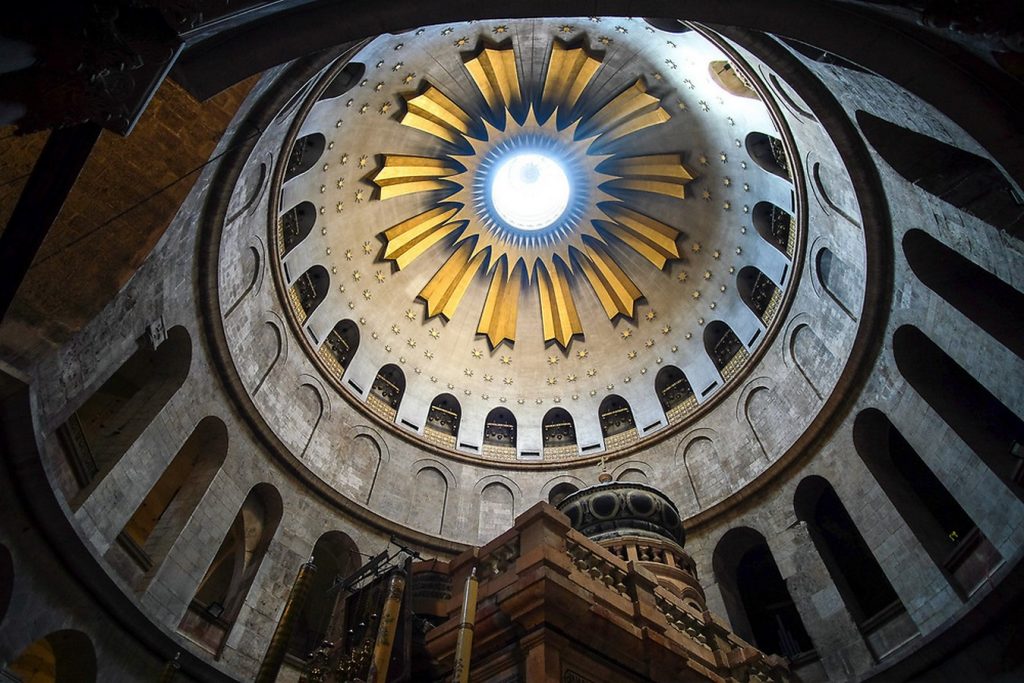
Interconnection of Elements
The blending of geometry, calligraphy, and spirituality in Islamic art results in a holistic aesthetic that appeals to both the mind and the spirit. The Great Mosque of Cordoba, with its arches and calligraphic art, embodies this combination, portraying a cosmos in flawless balance. Alain de botton, a philosopher, said that “Islamic art shows us a world where everything is interconnected, reminding us of the harmony that arises when the spiritual and material coexist.”
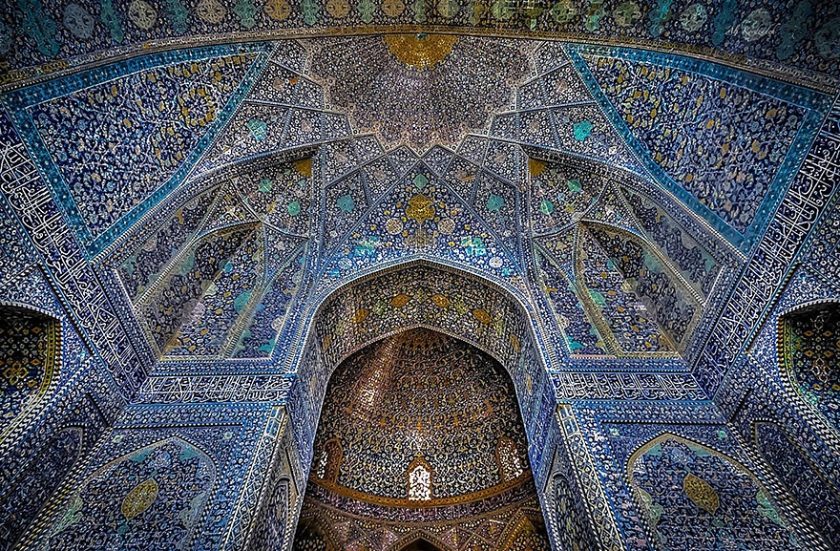
Innovative Within Tradition
Islamic art has evolved, allowing regional characteristics while remaining true to its fundamental principles. Ottoman Turkey’s Iznik pottery, known for its floral and geometric motifs, show this combination of innovation and tradition. “Tradition is not the worship of ashes, but the preservation of fire,”said Gustav Mahler, reflecting on the constantly shifting character of this artistic style.

The Global Influence of Islamic Art
Islamic art had a far-reaching impact, enhancing the world’s artistic legacy. The utilization of arabesque patterns in European Renaissance art exemplifies cross-cultural interchange. According to art historian John Pope-Hennessy, “Islamic art reminds us that great art knows no borders, its language of beauty and faith speaks to all humanity.” This demonstrates the widespread popularity and impact of this midium.

Preservation and Appreciation
The upkeep of Islamic art is essential so that the generations to come can discover its splendor and spiritual depth. The Metropolitan Museum of Art in New York and the Museum of Islamic Art in Doha work to preserve this cultural heritage. “To preserve is to protect a voice, ensuring that it continues to whisper its truths to the world,” mentioned conservator Vinayak Bharne, highlighting the significance of Islamic art preservation.
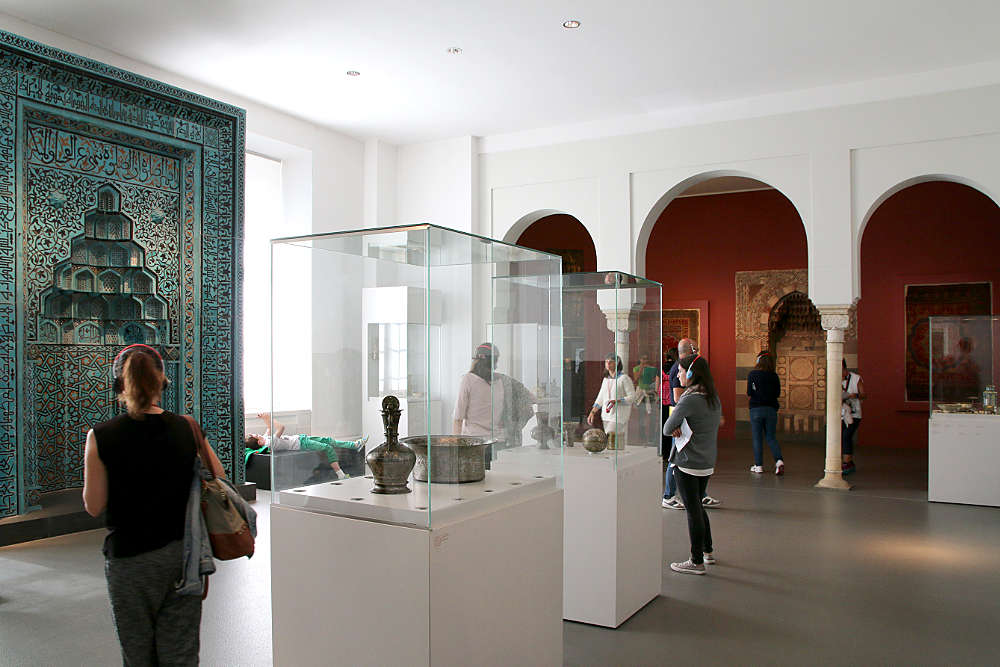
Islamic art uses geometry, calligraphy, and spiritual elements to connect the earthly and spiritual motifs. It crosses cultural borders, bringing viewers together in admiration of its splendor and deepness. The Alhambra and the Dome of the Rock are examples of the depth and spirituality of this art form. Seyyed Hossein Nasr, a scholar, and Oleg Grabar, a historian, have both commended its capacity to mirror the infinite. The growth of this mode of expression, as shown in Iznik pottery and the Great Mosque of Cordoba, exemplifies creativity within tradition. Its worldwide impact is visible throughout the Renaissance and beyond. Preservation initiatives by institutions across the world highlight its importance for generations to come Islamic art’s legacy, a spectacular interaction of beauty and faith, continues to fascinate and inspire, calling for a greater understanding of the Islamic spirit.

